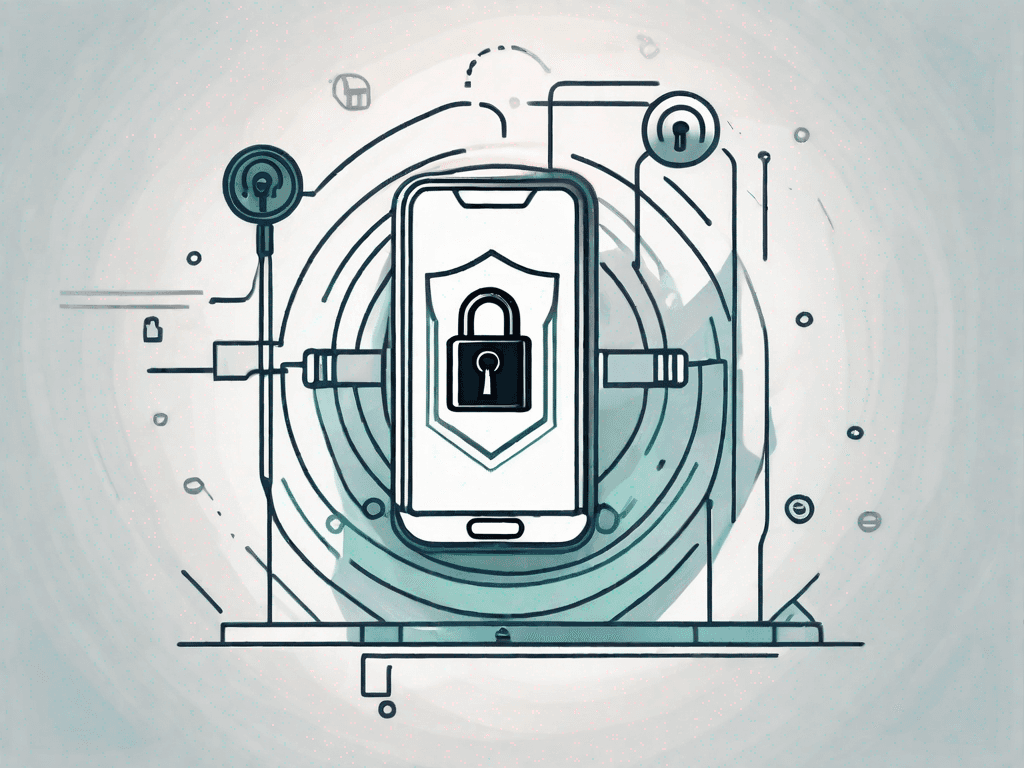What is Two Factor Authentication (2FA)?
Jan 15, 2024

In the digital age, where data breaches and cyber threats are increasingly common, securing your online accounts is more important than ever. One of the most effective ways to do this is through Two Factor Authentication, commonly referred to as 2FA. But what exactly is 2FA, and how does it work? This comprehensive guide will delve into the world of 2FA, explaining its purpose, how it functions, and why it's crucial for online security.
Understanding Two Factor Authentication
Two Factor Authentication is a security measure that requires users to provide two different types of identification to access their accounts. This process adds an extra layer of security, making it more difficult for unauthorized users to gain access to sensitive information.
Typically, the first factor in 2FA is something the user knows, like a password or PIN. The second factor is something the user has, such as a physical token, or something the user is, like a biometric feature (e.g., fingerprint or facial recognition).
By requiring two separate forms of identification, 2FA makes it significantly harder for cybercriminals to breach accounts. Even if a hacker manages to obtain one factor, they would still need the second factor to gain access.
Types of Two Factor Authentication
There are several different types of 2FA, each with its own unique features and benefits. The type of 2FA used can vary depending on the level of security needed and the resources available.
Something You Know
This type of 2FA involves something the user knows, such as a password, PIN, or answer to a security question. This is the most common form of 2FA, as it's easy to implement and doesn't require any additional hardware or software.
However, this type of 2FA is also the most vulnerable to attacks. Cybercriminals can use techniques like phishing, keylogging, or brute force attacks to obtain this information.
Something You Have
This form of 2FA involves something the user physically possesses, like a credit card, smartphone, or security token. When the user tries to log in, they receive a unique code on their device or token, which they must enter to gain access.
This type of 2FA is more secure than the first type, as it's harder for hackers to obtain physical devices. However, it can be inconvenient if the user loses their device or token.
Something You Are
This type of 2FA involves biometric features, such as fingerprints, facial recognition, or voice recognition. These features are unique to each individual, making them extremely difficult for hackers to replicate.
However, this type of 2FA can be expensive to implement and may raise privacy concerns. Additionally, it can be less reliable, as factors like lighting or background noise can affect recognition.
Benefits of Two Factor Authentication
Two Factor Authentication offers several significant benefits. Firstly, it provides an additional layer of security, making it harder for unauthorized users to access accounts. Even if a hacker manages to obtain one factor, they would still need the second factor to gain access.
Secondly, 2FA can help protect sensitive data. If a hacker attempts to access an account, the user will be alerted immediately, allowing them to take action before any damage is done.
Finally, 2FA can help businesses comply with data protection regulations. Many regulations require businesses to take reasonable steps to protect customer data, and implementing 2FA is one way to meet these requirements.
Implementing Two Factor Authentication
Implementing 2FA can be a straightforward process, depending on the type of 2FA used. For example, implementing a password and security question (something you know) can be as simple as adding an extra step to the login process.
However, implementing more complex forms of 2FA, like biometric recognition, can require additional hardware and software. This can be more expensive and time-consuming, but it also provides a higher level of security.
Regardless of the type of 2FA used, it's important to educate users about the importance of 2FA and how to use it correctly. This can help ensure that 2FA is effective in protecting accounts and data.
Conclusion
Two Factor Authentication is a powerful tool in the fight against cybercrime. By requiring two separate forms of identification, it provides an extra layer of security that can protect accounts and data from unauthorized access.
While implementing 2FA can require time and resources, the benefits it offers in terms of security and data protection make it a worthwhile investment. As cyber threats continue to evolve, using 2FA can help individuals and businesses stay one step ahead.
Remember, in the world of online security, it's always better to be safe than sorry. So, consider implementing Two Factor Authentication today, and give yourself the peace of mind that your accounts and data are secure.
Learn all about Two Factor Authentication (2FA) in this comprehensive article.
